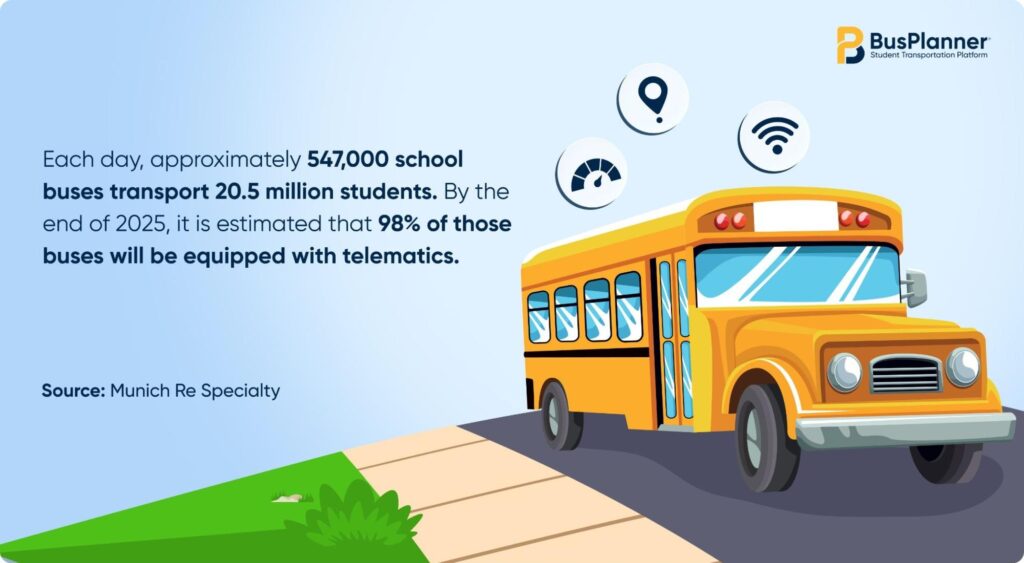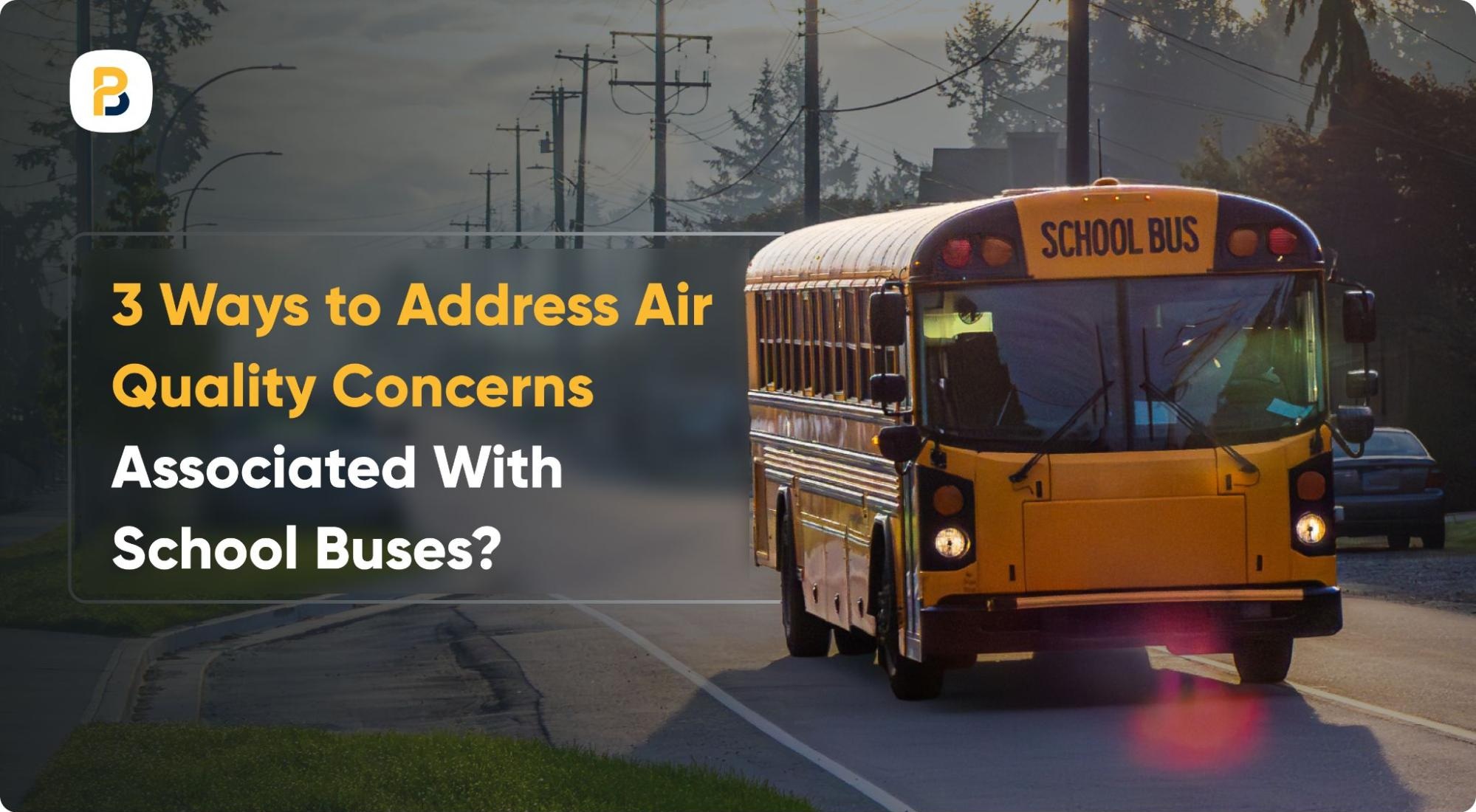Extending the life of school buses requires a data-driven maintenance strategy. Even mini school buses cost $100,000 to $120,000, making it essential to maximize every mile. Detect issues early, reduce downtime, and improve fleet performance with the help of predictive maintenance.
How Long Can a School Bus Keep Rolling Smoothly?
School buses deliver long-term efficiency when properly maintained. Built for daily routes and frequent stops, they typically run 20 to 30 years, covering 350,000 to 500,000 miles.
Ways to Ensure a Longer Lifespan for School Buses
To reduce replacement costs and increase the lifespan of buses, adopting a predictive maintenance approach is essential. In this guide, you’ll discover effective ways to strengthen fleet management, helping your buses run on the roads for longer.
1. Stay Ahead With Regular Upkeep
Minor issues can lead to significant breakdowns if left unaddressed. Keep your fleet reliable with a proactive maintenance plan. Ensure your school buses operate safely and efficiently throughout their service life by consistently monitoring key systems.
- Filters, Belts, and Hoses: Prevent breakdowns and protect the engine from costly damage by daily checking your fleet.
- HVAC Systems: Improve passenger comfort by cleaning and maintaining heating and cooling systems.
- Fluid Changes: Minimize damage by monitoring engine oil and transmission fluid, and replace them regularly.
2. Strengthen Engine Life With Responsible Driver Habits
Drivers help keep engines strong and buses running smoothly. Safe, careful driving saves fuel and allows buses to last longer. By following the simple strategies below, school districts make every driver a key part of fleet health:
- Limit Fast Acceleration: Avoid speeding up quickly since it puts extra pressure on the engine and wastes fuel.
- Reduce Idling: Prevent fuel waste and engine strain by minimizing idle time while avoiding constant engine restarts.
- Coach Drivers: Track driver behavior and provide friendly feedback to help them run the fleet safely.
3. Enhance Fleet Efficiency With GPS & Telematics
Technology plays a vital role in improving safety and maintenance for student transportation. Districts stay informed and keep buses operating effectively with the help of real-time GPS tracking and telematics.
- Monitor Bus Health: Check engine performance and detect maintenance needs early by using telematic systems.
- Integrate Fleet Software: Identify risks and plan maintenance before problems arise by combining GPS insights with fleet management tools.
- Track Routes in Real-Time: Ensure safe and timely arrivals by observing each bus-related data at any moment.

4. Predict and Prevent Failures With AI Diagnostics
Artificial intelligence supports predictive maintenance by helping fleets detect problems before they disrupt operations. Identify risks and keep buses road-ready by analyzing school bus data.
- Forecast Potential Issues: Advanced data predicts failures, such as oil deterioration or other vehicle problems, before they occur.
- Evaluate Driving Risks: Determine the likelihood of collisions, aggressive and unsafe driving patterns among bus drivers by using the right tools.
- Minimize Emergency Repairs: Reduce accidents and protect school buses with a proactive approach to save money and extend lifespan.
5. Analyze Usage Patterns to Improve Fleet Durability
Understanding how your bus is used helps in managing and avoiding expensive repairs. Schedule timely service, save resources, and maintain long-lasting fleet performance by regularly assessing vehicle usage patterns.
- Manage Vehicle Load: Carrying heavy passengers or equipment increases pressure on brakes, tires, and suspension, causing quicker wear.
- Schedule Stops: Repetitive stops strain engines and brakes, raising maintenance needs over time.
- Monitor Mileage: To ensure reliability and safety, high-mileage buses need more frequent inspections.
Key Takeaway: Keeping Student Transportation Efficient & Reliable

Predictive maintenance helps maintain school buses’ reliability and operational performance. Early detection, monitoring, and upkeep help districts maintain efficient, cost-effective fleets.
Get in touch with us today to learn how BusPlanner’s all-in-one student transportation software can help your school district achieve operational efficiency.
Frequently Asked Questions
How expensive is an old school bus?
Older school buses typically cost between $3,000 and $15,000, depending on their condition. They are cheaper upfront but need more repairs over time.
Is buying a school bus a good investment?
Yes, if well-maintained and used regularly. Newer buses cost more but save on fuel, repairs, and upkeep over time.
What is the most important safety factor in a school bus?
The most critical safety factor in a school bus is the driver, whose skill and attentiveness keep students safe.







